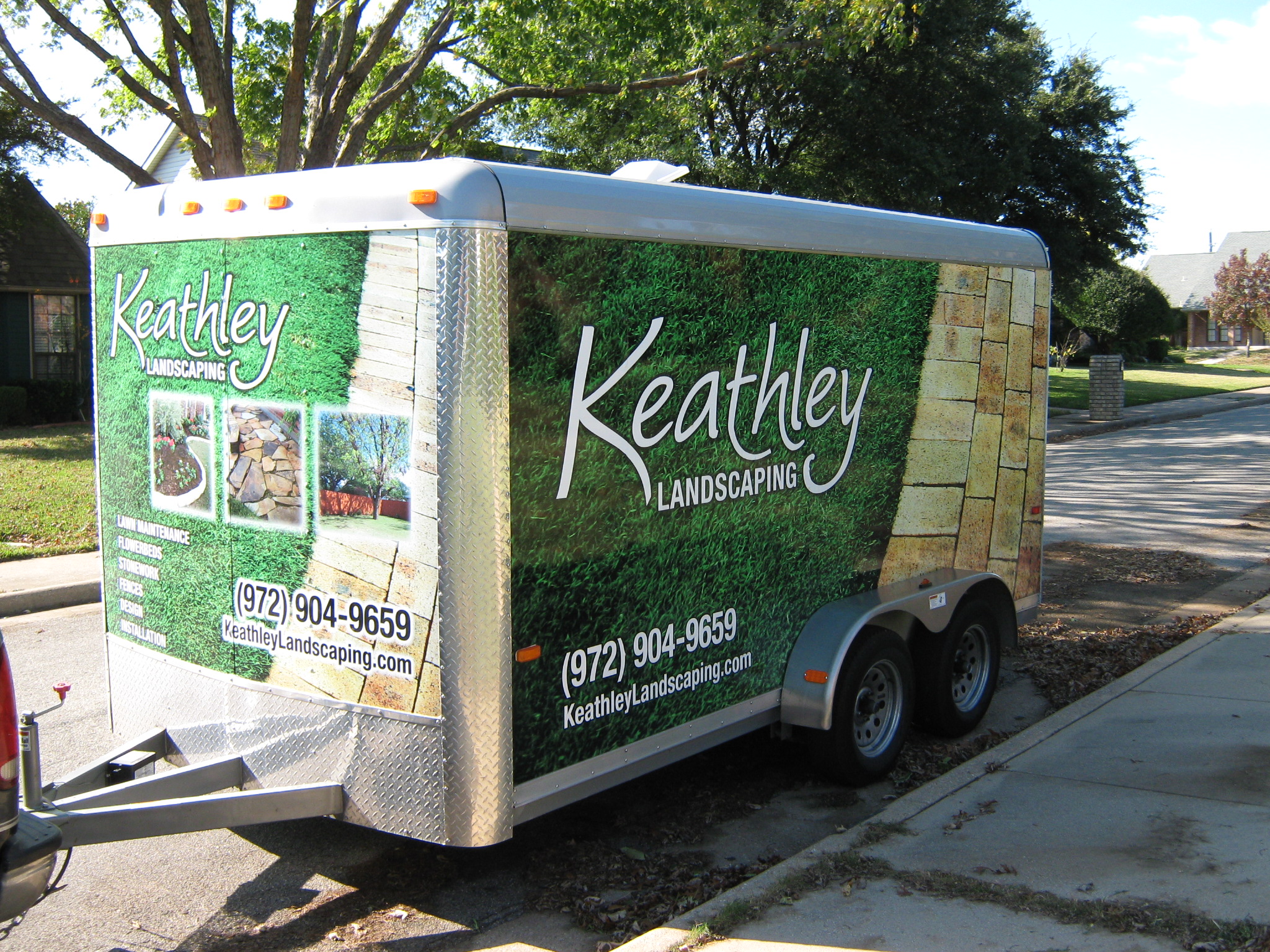Yard Drainage and Foundation Protection: A Crucial Connection
When it comes to maintaining your home, we often focus on the visible elements—like the roof or the paint. But what about what’s happening beneath the surface? Let’s dive into why yard drainage is not just a landscaping concern but a key player in keeping your home’s foundation safe and sound. 🌧️🏠
Table of Contents
1. Understanding Yard Drainage
2. Why Foundation Protection Matters
3. The Connection Between Drainage and Foundations
4. Actionable Tips for Improving Yard Drainage
5. Conclusion
6. FAQs
Understanding Yard Drainage
Yard drainage may seem straightforward, but there’s more to it than meets the eye. At its core, effective drainage is about managing rainwater and preventing it from pooling where it shouldn’t. When water gathers in your yard, it can lead to a host of issues like plant damage, soil erosion, and most importantly, it can threaten the integrity of your home’s foundation. 💧
Why Foundation Protection Matters
Your home’s foundation is, quite literally, the base upon which everything else rests. If the foundation fails, so does the rest of your home. Cracks, leaks, and even structural shifts can occur if your foundation is compromised. Protecting it means ensuring your home remains safe, stable, and comfortable. 🏡
The Connection Between Drainage and Foundations
So, how exactly does yard drainage tie into foundation protection? Well, when water doesn’t drain properly, it tends to accumulate around the base of your home. Over time, this can lead to hydrostatic pressure against your foundation walls, causing cracks and leaks. Not to mention, excess water can weaken the soil that supports your foundation, leading to settling and even more severe structural issues. 🚧
Actionable Tips for Improving Yard Drainage
Ready to take action? Here are some practical steps you can take to improve yard drainage and safeguard your foundation:
1. Install French Drains: These underground pipes help redirect water away from your home efficiently.
2. Use Downspout Extensions: Ensure your downspouts extend at least 6 feet from your home to prevent water from pooling at the foundation.
3. Create a Rain Garden: Not only does it help with drainage, but it also adds beauty to your landscape! 🌺
4. Reshape Your Landscape: Ensure your yard slopes away from your house to facilitate natural water runoff.
Conclusion
Connecting the dots between yard drainage and foundation protection reveals just how crucial it is to keep both in check. By taking proactive steps to manage water flow, you can preserve the integrity of your home and avoid costly repairs down the road. So next time it rains, take a moment to consider where that water is going—and make sure it’s not heading towards trouble! ☔
FAQs
Q1: How can I tell if my yard has poor drainage?
A1: Look for signs like standing water after a storm, persistent wet patches, or foundational cracks in your home.
Q2: How often should I check my drainage system?
A2: It’s a good idea to inspect your drainage system at least once a year, especially before the rainy season.
Q3: Are French drains expensive to install?
A3: The cost can vary, but they’re generally a worthwhile investment considering the potential damage poor drainage can cause to your foundation.
Q4: Can I improve drainage without professional help?
A4: Absolutely! Simple steps like extending downspouts and reshaping your landscape can be done as DIY projects.
Q5: Is yard drainage only important in areas with heavy rainfall?
A5: While it’s crucial in such areas, even regions with moderate rainfall should have proper drainage to prevent foundation issues over time.






































Recent Comments